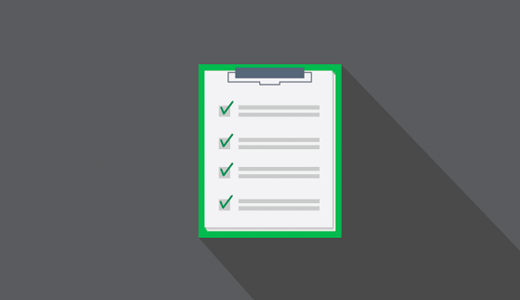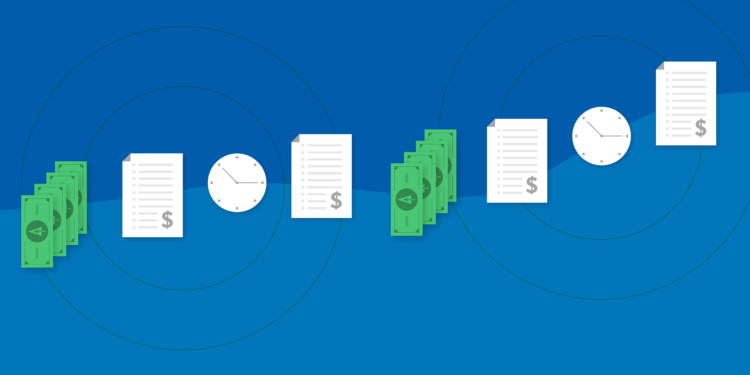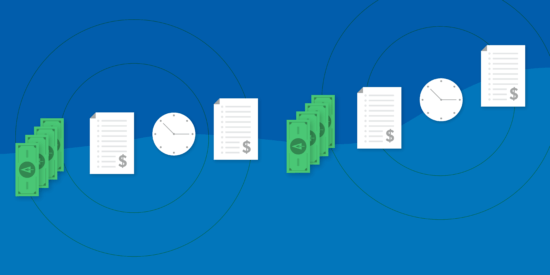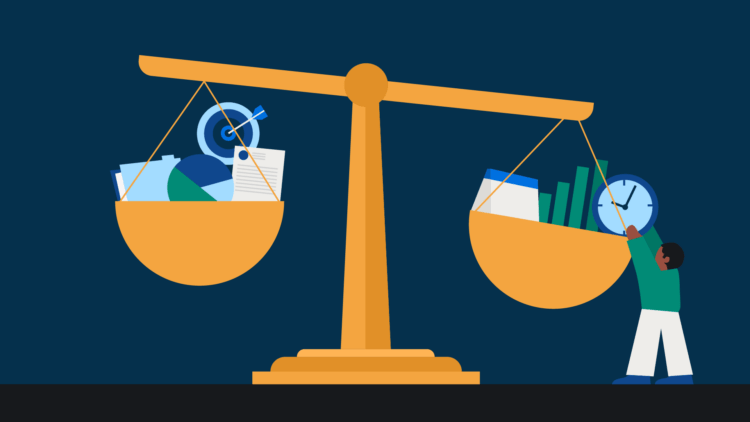There are many billing structures you can use for your legal practice, including flat rates and different types of retainer fees—each with their own pros and cons.
If your top concern is getting paid—and paid on time, you could try using an evergreen retainer.
What is an evergreen retainer?
An evergreen retainer is an agreement where the client pays a fee into a separate trust account, in which the lawyer invoices against once services are provided. The client replenishes the fee once it hits a predetermined minimum balance—making this retainer evergreen.
Why should law firms use evergreen retainers?
The benefits of evergreen retainers are far-reaching—the following section explains how.
Increase your law firm’s cash flow
Watching your outstanding invoice list grow larger is never a good feeling. And chasing down clients for overdue payments is a task that often feels like a waste of time and money.
Having an evergreen retainer in place ensures your client will always have enough funds to make a payment. With funds available in trust, you don’t have to wait to get paid. Instead, you use the funds in trust to pay your client invoices, which improves your cash flow and helps eliminate bad debt for your firm.
Improve your law firm’s collection rate
The 2017 Legal Trends Report found that using trust accounts positively affected collections for family law matters: Matters with associated trust accounts had an 85% collection rate, compared to 70% for those that didn’t. Evergreen retainers make it more affordable for more clients to pay via trust, potentially helping to improve collections.
Improve your law firm’s client experience
A clear evergreen retainer agreement and process can help set expectations for clients about what you’re billing them for, and when. Evergreen retainers are also a more flexible payment method for clients, especially if they can’t pay a large sum at the beginning of their case.
Streamline accounting at your law firm
With evergreen retainers, you can simplify the process of settling legal invoices—as your clients settle their invoices on schedule. With the right technology to support you, implementing evergreen retainers makes tracking trust accounting easier. Systems that notify you to request additional client funds when trust accounts dip below a certain threshold provide an extra guard against account overdraws.
Now that you understand the benefits of using an evergreen retainer, let’s dive into the details of implementing an evergreen retainer at your firm.
How to implement evergreen retainers at your law firm

An evergreen retainer requires two key elements: clear client communication and a solid process for tracking trust accounts and minimum balances.
You may like these posts
1. Include an evergreen retainer clause in fee agreements
A lawyer retainer fee agreement, or fee agreement, must communicate how the evergreen retainer will work using an evergreen retainer clause, which should specify:
- The minimum balance required in the client’s trust account.
- When the client must replenish funds, and by how much.
The minimum balance you agree upon may be the same across all cases, or it may be chosen on a case-by-case basis depending on the scope of work and what your client can afford.
You may also state that work on the case may cease if a client fails to honor the evergreen retainer clause. Stating this can provide an extra guard against less-than-timely trust top-ups.
Evergreen retainer clause example
If you’re not sure where to start, consider this example from the Texas Bar Association. Additionally, Interbill provides the following example:
Client agrees to an advance retainer deposit of $2500 paid with the execution of this agreement and further agrees to replenish the retainer with a $1500 payment when the retainer balance reaches or is less than $1000.
A note about the above—these examples are for illustration purposes. Be sure to adapt the retainer to your specific situation and location.
Above all, be clear about the process. Communication is key to building a strong client relationship and guards against future misunderstandings and unpaid bills.
2. Create a system for monitoring retainer balances

It’s important to monitor the evergreen retainer’s amount and request additional funds from the client before it runs out—ensuring a consistent cash flow as discussed earlier. Having a system to track balances and notify clients when it’s time to top up funds is key to obtaining all the benefits of an evergreen retainer.
Trust accounting software can be a big help here. For example, with Clio’s Evergreen Management feature suite, you and/or your staff can receive automated notifications when a client’s trust account drops below the minimum balance. From there, easily send a new Trust Request to the client.
For example, if you’re at a larger firm, notifications can be sent to your legal assistant or accounting team, with well-defined instructions to send a request for additional funds.
3. Keep invoices and requests for funds clear
Make sure clients get a copy of all invoices. You may be approving invoices and applying client trust funds to pay them. However, you must also tell a client what you’re billing them for.
Clarify the difference between invoices and requests for additional trust funds. Explaining the difference is especially important if an invoice totals more than the amount left in trust. In this case, the client needs to both pay the invoice and replenish their evergreen retainer. Keeping track of everything is also crucial for making sure the reconciliation process runs as smoothly as possible.
When to use evergreen retainers
Evergreen retainers are useful when a client can’t pay—or would prefer not to pay—a larger single retainer upfront. Having this form of payment can help ease the burden legal services’ cost while ensuring that you’re paid.
For example, a client may balk at paying a $20,000 retainer upfront. But an evergreen retainer with a minimum trust balance of $4,000 might be more manageable. This way, your firm can keep its cash flow healthy without putting an extra strain on the client.
Using evergreen retainers for smoother practice management
As you can see, your firm has lots to benefit from using evergreen retainers. They ensure consistent cash flow for your firm and make paying for legal services more affordable and predictable for your clients. With a clear agreement, explicit processes, and the right software systems, your law firm can thrive with evergreen retainers.
We published this blog post in June 2018. Last updated: .
Categorized in: Business









